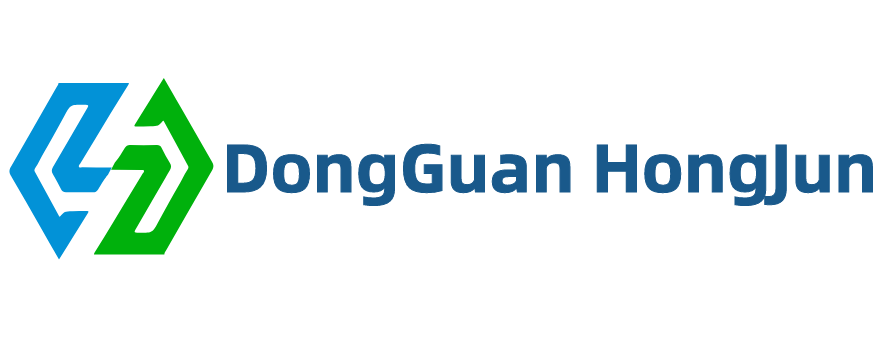Five major uses of deviation correction controller
Nowadays, there are many kinds of automatic mechanical equipment. No matter what kind of equipment it belongs to, as long as automatic operation is carried out, all kinds of controllers must be installed. The more common one is the deviation correction controller, which can realize a variety of automatic functions. Then, the manufacturer of the deviation correction controller of Tailing Electromechanical will introduce the main use of the deviation correction controller in actual work?
Main purpose of deviation correction controller
1、 Data information cache: Since the speed of the I/O machine is low and the speed of the CPU and running memory is high, a deviation correction controller needs to be set in the device. When outputting, the buffer is used to store the server data information that is not stored temporarily, and then transfer the data in the buffer to the I/O machine at the speed that the I/O machine has. In addition, the application buffer temporarily stores the data information pushed from the I/O machine device. After receiving a batch of data information from the deviation correction controller, the data information in the buffer will transmit the remote data to the service.
2、 Error operation: The deviation correction controller can check the error of the data information transmitted by the I/O machine. If an unknown error occurs during the transmission, the error check code will be set and reported to the CPU, and the CPU will retransmit the invalid data information. In this way, you can ensure the accuracy of data typing.
3、 Data transmission: The deviation correction controller can complete the data transmission between the CPU and the controller. During data transmission, the CPU loads data information to the controller or obtains data from the controller according to the system bus. When the data is checked, the machine will input the data information into the deviation correction controller and transmit it to the machine. To ensure correct information transfer, register addresses should be set in the controller.
4、 Situation description: The deviation correction controller can identify and report the situation of the machine and equipment and provide it to the CPU for processing. For example, when the machine is ready to push a signal, the CPU starts the controller and gets data from the machine. In order to reflect the special situation of the machine through the deviation correction controller, a state memory shall be set in the controller. When the CPU loads the contents of the memory, the situation of the machine and equipment can be mastered through the memory.
5、 Receive and recognize instructions: The CPU can send various instructions to the deviation correction controller. When receiving instructions, the deviation correction controller can recognize these instructions. Therefore, in order to provide better operation services for the CPU, the deviation correction controller needs memory to complete the storage of instructions and parameters, and on this basis, the instructions are encoded and decoded.


